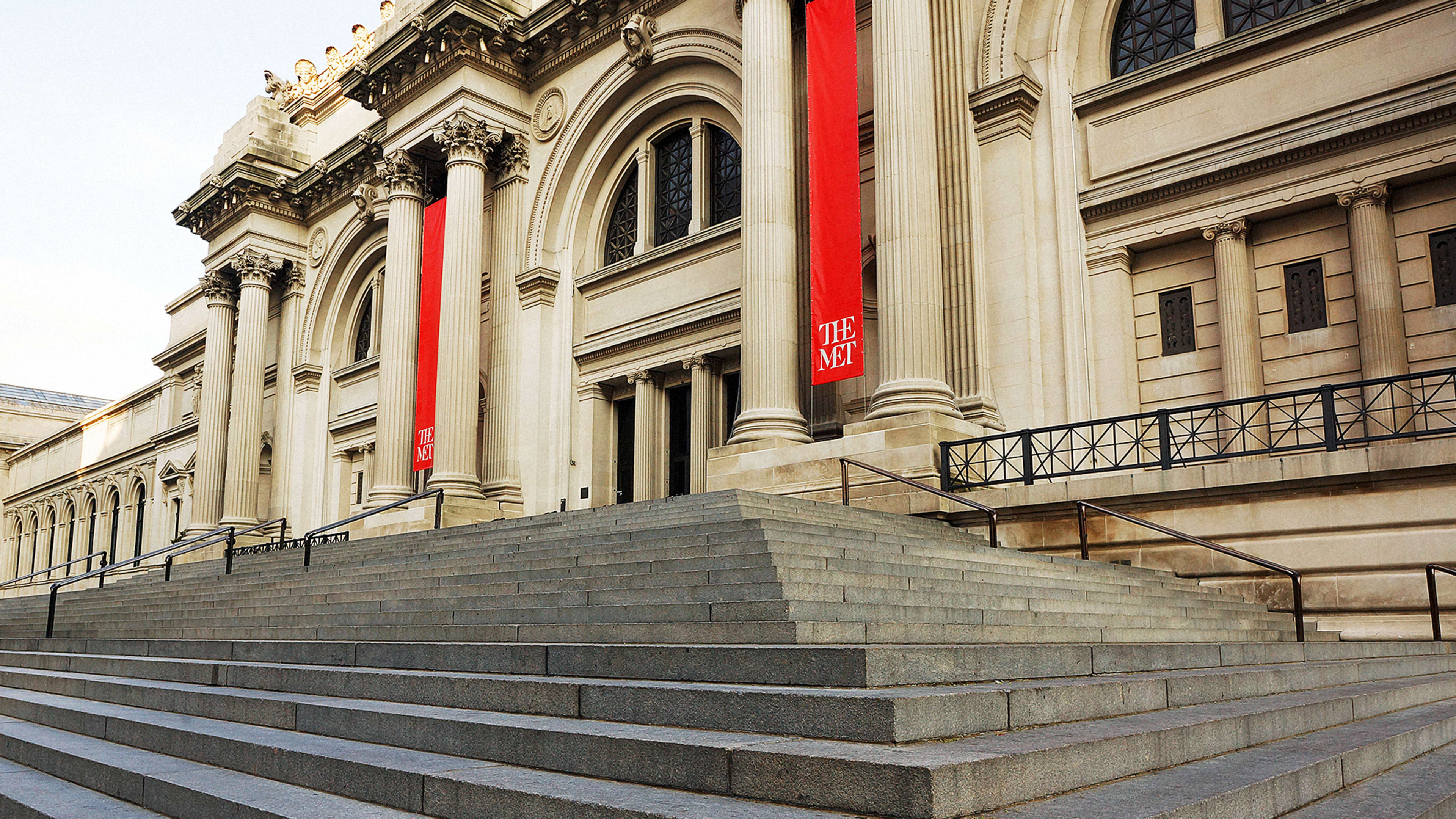When the Met Museum in New York City started charging out-of-state visitors a mandatory admission fee of $25 this month–after decades of a pay-as-you-wish policy for everyone–it was something that the museum argued was necessary to stay afloat. The number of museum visitors has grown quickly, but over the last 13 years, the number of people who were choosing to pay full admission dropped 73%. Even though the museum has free rent, and city tax dollars and donations cover a large portion of expenses, it wasn’t bringing in enough money from tickets to cover all operating costs.
A new proposal from a group of activists calling themselves Toward Equitable Met Pricing argues that the museum could bring in more revenue by adding some means testing: Everyone, whether they live in New York or elsewhere, would be asked to pay an admission fee based on their income. If you’re a corporate lawyer making more than $200 grand, you’d pay $35. If you’re a social worker making $40,000, you’d pay $12. The group suggesting the policy used back-of-the-envelope calculations to project that the Met could make an additional $11 million by using the sliding scale, enough to meet its goals for financial stability.
Right now, New Yorkers can still get free admission. But they’ll be asked to show ID to prove they’re a state resident, which will likely discourage some people from coming. “I think it’s a gesture to undocumented communities that they are not centered in this space, and the added burden to them is kind of a trade-off that [the Met is] willing to make,” says Josephine Devanbu, one of the people behind the proposal. “I think there’s a longer-term cost of the Met becoming an institution that you need to show papers to enter. Even though the Met said that they will let people in even if they don’t have papers on them at the time, I think that still fundamentally changes the kind of space it is.”
Out-of-state visitors who make a lower income will also be hit by the Met’s new policy. While it’s true that some tourists would be able to afford the ticket price, others–including lower-income people from neighboring New Jersey, with the exception of students who are still allowed to avoid the fee–might decide not to visit the museum because of the $25 charge.
“My concern is that what it will mean is that visitors who may be on the fence about coming, who may not know ahead of time that this is an experience that they are going to enjoy, who may not already be museum-goers or see themselves as museum-goers, are going to have a higher barrier to overcome in coming,” says Devanbu. “So what will happen is that out-of-state visitors are going to become increasingly people who identify as museum-goers, who may disproportionately mirror conventional museum-going demographics–so that’s disproportionately affluent and white.”
Devanbu is a cofounder of another program called “Look At Art. Get Paid.” that suggests that in order to truly serve the public, museums should pay people from underrepresented groups to visit. The group partnered with Gradient, a startup that is developing a tool that e-commerce sites will be able to use to offer sliding scale payments for their products, to create the proposal for the Met.
The sliding scale policy wouldn’t require visitors to show proof of income, so there’s still a risk that wealthy museum-goers might skimp on paying their fair share. The team’s calculations assume that everyone would underpay somewhat. But the policy would be less ambiguous than the previous pay-as-you-wish plan. “It is one thing to say as an institution, ‘we think you should pay $25’ as compared to, ‘we think you should pay $25 because it’s within your means,'” Lukas Bentel and Kevin Wiesner, from Gradient, write in an email. “We think visitors may be less inclined to ‘cheat’ the system if they understand how they fit into the larger economic picture. This type of sliding scale should force some to consider their economic privilege, and we don’t think that is a bad thing.”
The policy could be a model for other museums. While many museums offer “free days,” some studies have found that those programs don’t actually bring new, diverse visitors. A sliding scale, the team behind Toward Equitable Met Pricing argues, might help change that. “I think that this is an opportunity for the Met to really play a leadership role in this space, given that prior to the change in admission policy, the Met has been a leader in being a public museum that has programs to address problems around accessibility,” says JS Tan, one of the founders of Gradient.
The team plans to collect signatures of support for the idea, and then propose it to the Met. As Gradient builds out its own product, the startup is hoping that people begin considering the broader potential uses of sliding scale policies as well. “We wanted to get folks thinking about the applicability of sliding scales in places like the Met, but also eventually in places like a restaurant, or online,” Tan says.
Recognize your brand’s excellence by applying to this year’s Brands That Matter Awards before the early-rate deadline, May 3.
